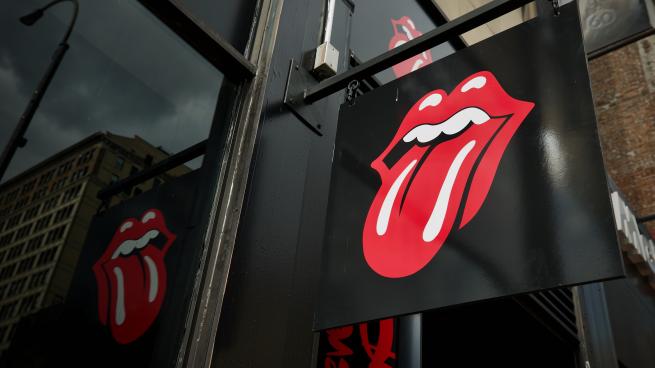The origin story of the retail ‘super app’

A multiverse of “super apps” is developing in the U.S. retail landscape.
Less flashy than the superhero movies dominating multiplexes, super apps are mobile apps that perform multiple functions for consumers. WeChat, a Chinese app that is popular in much of the world but has limited capabilities in the U.S., exemplifies the super app concept. WeChat provides services such as mobile payment, messaging and social media from a single platform.
WeChat is said to be the inspiration for X, the “everything app” Elon Musk has stated he wants to evolve the social media platform formerly known as Twitter into. Marc Lore, founder of food and restaurant startup Wonder Group and former Walmart U.S. e-commerce head, is acquiring meal kit provider Blue Apron as part of a plan to create a “meal time super app.”
Other examples include 7-Eleven, which has been developing what could be called a convenience super app that combines core technical components of the customer experience, including purchasing, payment and rewards.
Here are three reasons U.S. retailers are increasingly looking toward the super app model for their mobile app development initiatives:
Consumers are connected
Just because the term “constantly connected consumer is overused doesn’t mean it is inaccurate. Shoppers are using apps on ubiquitously owned devices, as evidenced by a variety of data.
For example, mobile analytics platform Adjust showing that in June 2023, e-commerce app installs increased 471% YoY, while July 2023 witnessed 238% YoY growth in installs. The number and length of sessions also increased both months.
Shopping apps and deal discovery apps also showed healthy YoY install and session increased. And according to findings from Statista, 98% of U.S. consumers age 30-49 use mobile phones, as do 96% of 18-to-29-year-olds and 94% of 50-to-64-year-olds.
Everything is an e-commerce storefront
Retailers’ desire to offer consumers a single mobile platform to perform activities such as shopping, socializing, payment makes a lot of sense when you realize how much e-commerce is occurring outside of traditional digital shopping interfaces.
One high-profile recent example of the changing nature of digital commerce is TikTok’s recent release of its TikTok Shop e-commerce offering in the U.S. TikTok Shop will bring shoppable videos and livestreams directly to user feeds, with selling tools for retailers, brands and content creators.
Customers can browse and shop tagged products directly from videos and livestreams in their feeds. In addition, shoppers can manage orders, all within a single tab.
And a recent Sprout Social survey showed that just about all consumer respondents planned to make at least one purchase through social shopping or influencer commerce in 2022, while more than 40% plan to engage with retailers through augmented/virtual reality (AR/VR) or extended reality (XR) technologies like the metaverse by the end of 2023.
Bypassing app fatigue
The concept of “app fatigue” – or app users tiring of having to download and navigate between numerous apps to perform their daily mobile tasks – is not new. But it is real, and very much a current issue.
According to a recent global consumer survey from mobile app experience company Airship, top three reasons respondents use apps from their favorite brands are “ease of use” (35%), “simplifies my life” (31%) and “saves me time” (27%)
Furthermore, 57% of respondents to the Airship study only use an app once or twice before deciding whether to delete it or not, and 73% decide if they will delete it within two weeks of initial download. Given this tough app user mindset, a multi-functional super app has a much better chance of making the grade with mobile consumers.





